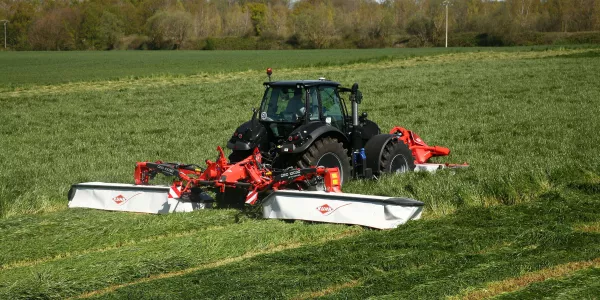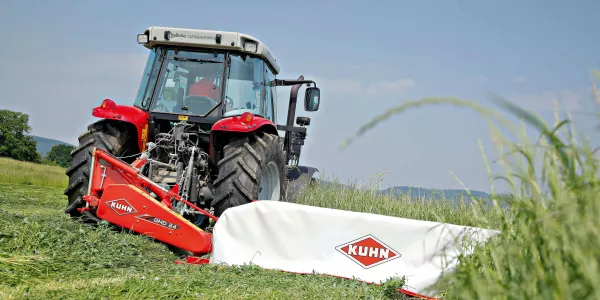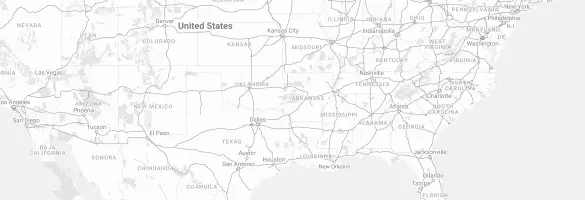
Triple Mowers
Take productivity to a whole new level with KUHN triple mower combinations. With up to 32’6”, these mowers can mow down acres in no time and support you in the inevitable race for output. KUHN triple mowers offer exceptional ground adaptation and provide you with a clean and consistent cut for high-quality forage.
Read more












